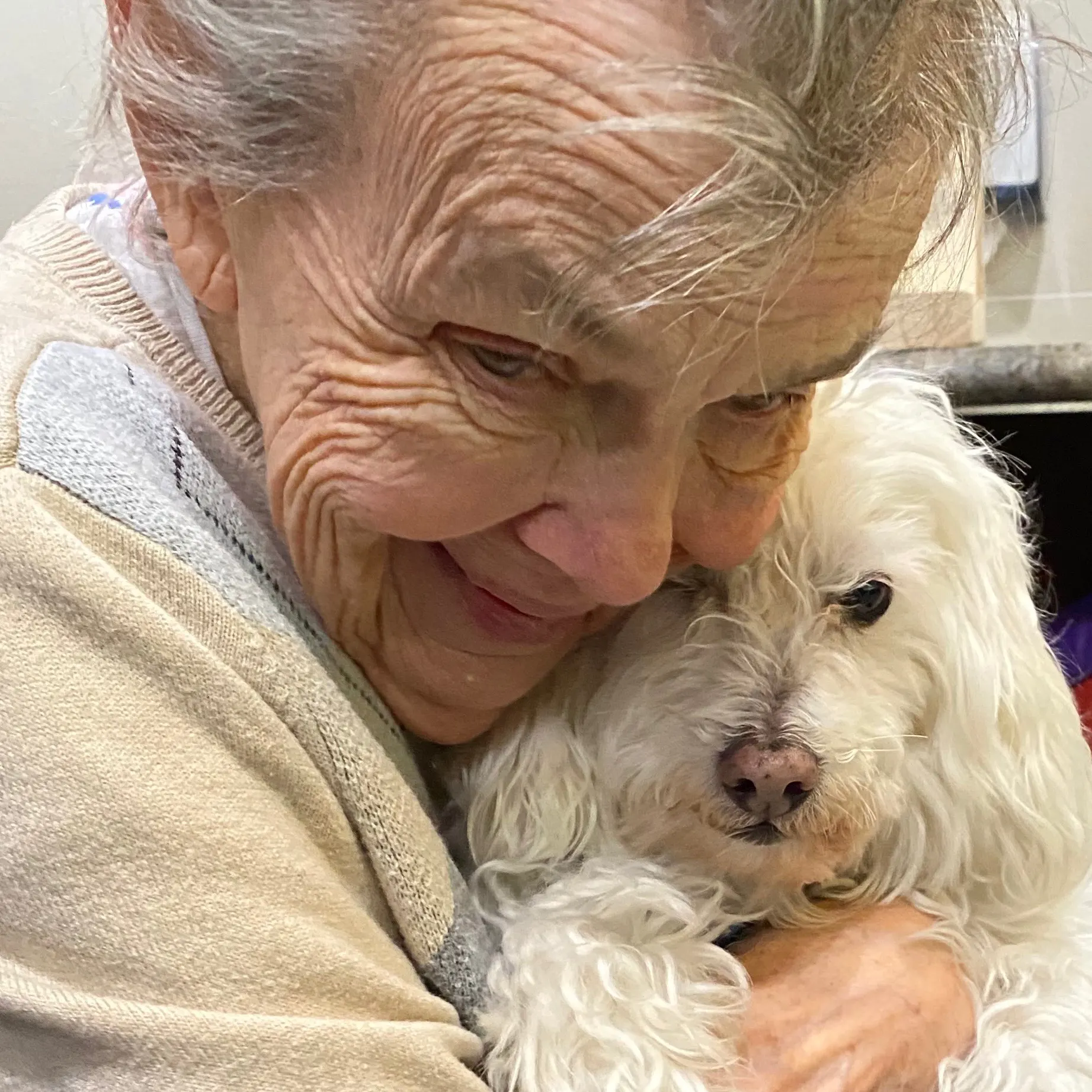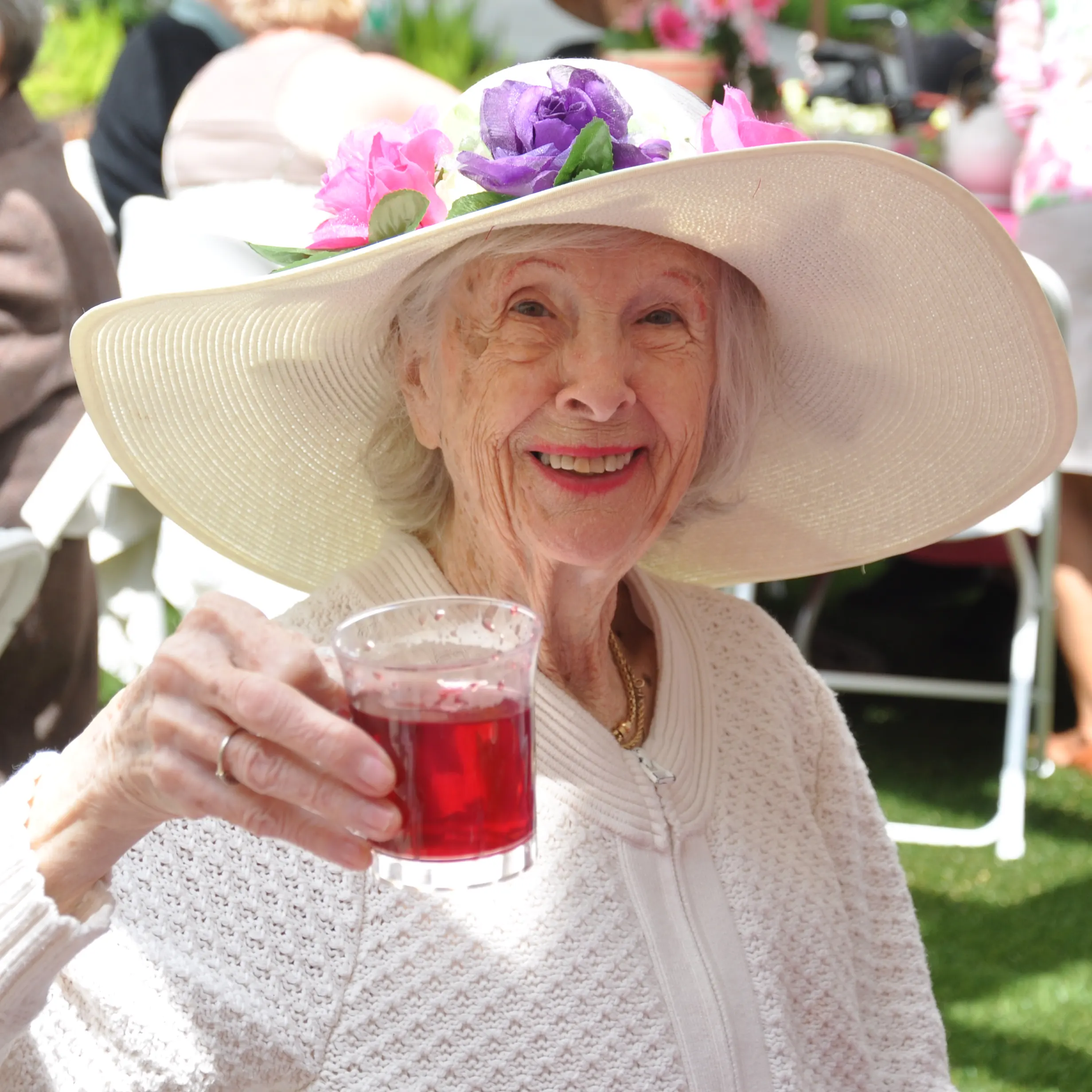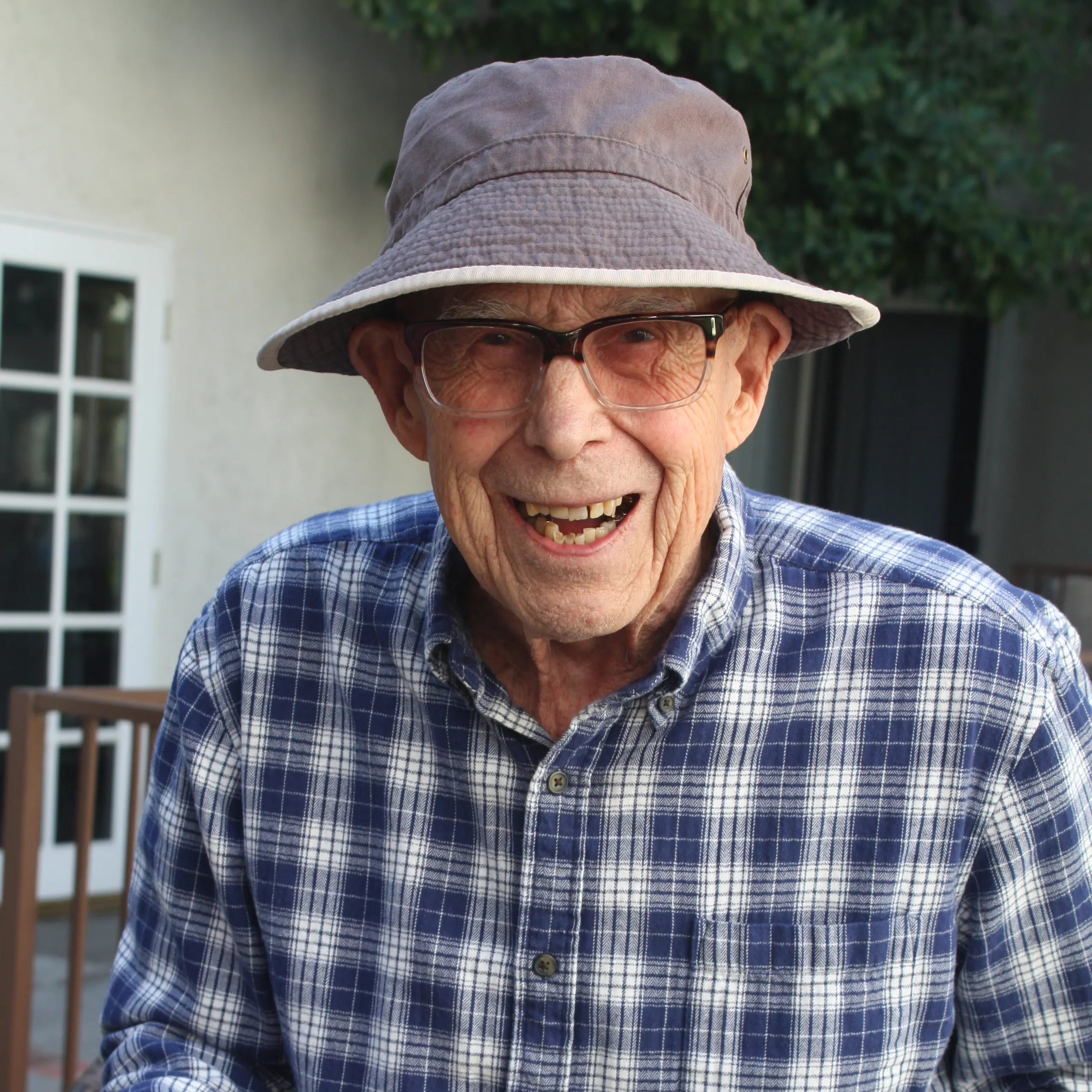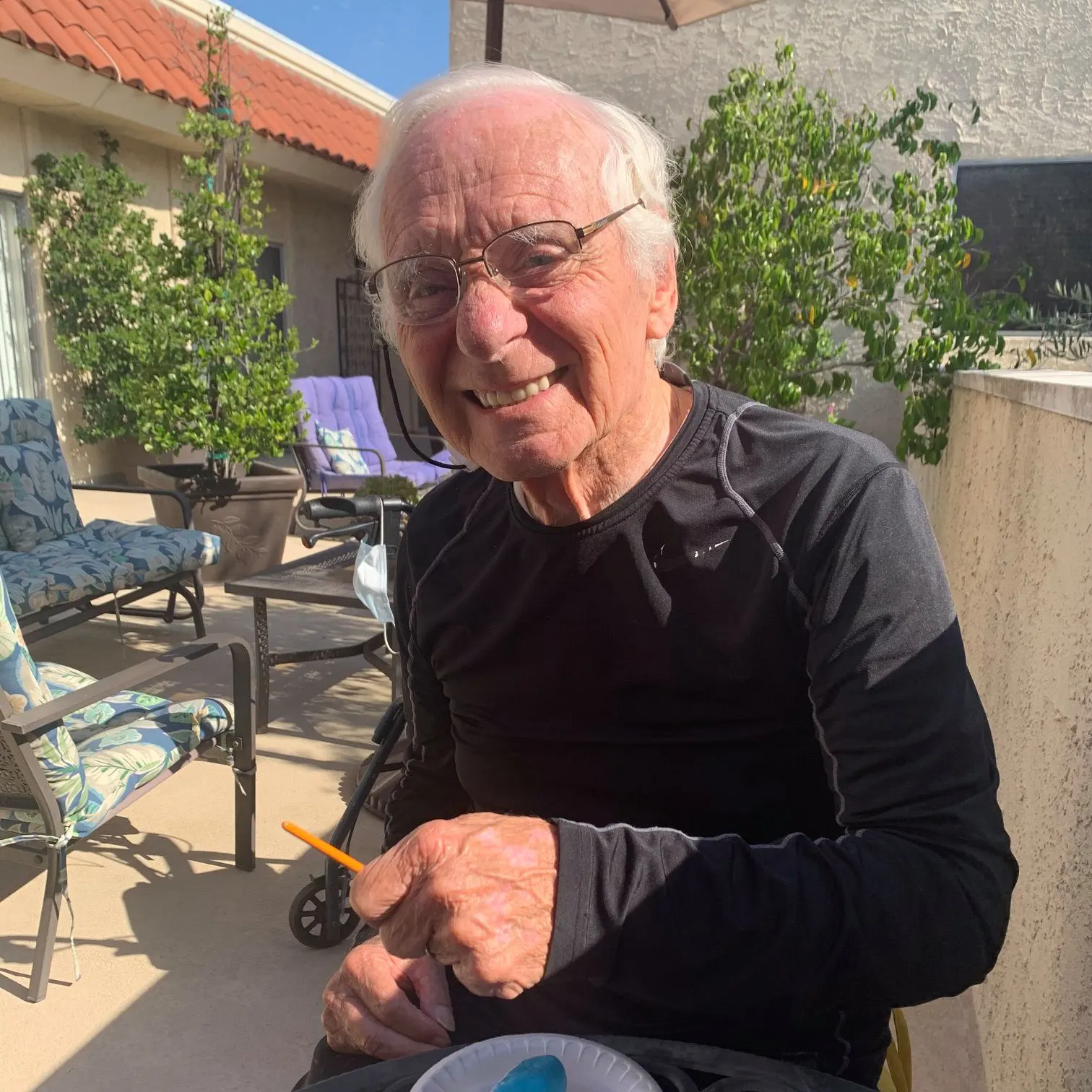Share

The “Baby Boomer” population in the United States in 2020 grew nearly five times faster than the total population growth. How will this impact the need for memory care in the future?
According to data gathered from the 2020 U.S. Census, in just one decade, our elderly population grew by 15.5 million, from 40.3 million in 2010 to 55.8 million in 2020. In 2023, the Alzheimer’s Association estimated that 6.7 million Americans are living with Alzheimer’s disease, the most common cause of dementia. Of the total U.S. population, 1 in 9 people ages 65 and older has Alzheimer’s disease.
The Association also reviewed methods of treatment currently used for Alzheimer’s patients. The FDA has approved seven drugs that improve symptoms of Alzheimer’s dementia. Additionally, two other newly approved drugs can remove beta-amyloid, an abnormal protein in the brain, and slow cognitive and functional decline in people with early Alzheimer’s.
Non-drug treatments, such as physical exercise, memory exercises, orientation exercises, music therapy, art therapy, and pet therapy, can also help maintain or improve cognitive function, quality of life, and social engagement. Healthy lifestyle factors—eating a balanced diet, exercising the body and mind, reducing smoking and alcohol—can also play a role in the rate of memory decline. In August 2023, the Mayo Clinic described new studies that are looking at various factors and the roles they may play in in brain health and Alzheimer’s disease and symptoms, including inflammation, insulin resistance, heart health, hormones, and gene variants.
What are some future trends in the treatment of dementia? Advances in technology, memory care training and community planning, and health, wellness, and lifestyle programs can all be applied to dementia care of the future. For example:
- Smartphones and wearable technologies for early detection of cognitive change, brain fitness, tracking data, fall detection, and communicating; robotic assistance with activities of daily living (ADL’s)
- Training of memory care specialists including dementia education for caregivers and providers
- Human-centered building design including safety features and “dementia village” care centers
- Brain exercise programs and brain-healthy foods
These trends are practical applications of clinical observations and research designed to improve the lives of patients with Alzheimer’s disease and other dementias. As scientific research and new therapies evolve and improve, so, too, will the outlook of dementia care for our loved ones.






